Play And Developmental Milestones
Written by Cindy Hovington, Ph.D. Founder of www.curiousneuron.com
BRAIN DEVELOPMENT IN BABIES
At birth, humans have the least developed brain compared to other mammals. While, genetics plays a major role in brain development while in utero, the interaction between genes and early childhood experiences or a child’s environment will literally shape a child’s brain after birth. A baby is born with too many brain cells (neurons) so it needs to “prune” unused neurons after birth. Pruning of brain connections is largely dependent on experience which falls under the “use it or lose it” principals of brain plasticity. Factors that have the greatest impact on brain development include minimizing stress, creating a secure attachment and optimal nutrition.
HOW TO USE OPEN-ENDED TOYS TO PRMOTE DEVELOPMENTAL MILESTONES
Developmental milestones cover 4 areas including social/emotional, language, cognition (thinking, learning and problem solving) and movement/physical development. By playing with our children and also supporting their independently play, we can help our children reach their milestones. You can read all the milestones from birth to age 5 here.
There is no need for an abundance of toys to help our children’s brains develop. Open-ended toys allow a child to grow with the toy and can help promote their development. Below is an example of how 1 toy can be used from 18 months to age 3. I am using the rainbow pebbles from Edx Education.
18 Months
- Cognitive development
- 1-step instructions: You can place a Kleenex box in front of them and ask them to place a pebble inside the box (demonstrate it first). You could also point to pebbles of different colors and name the colors.
2 Years Old
- Social/emotional development
- Playing independently: Including the activity cards that come with the pebbles will allow them to develop their ability to remain focused longer. Try to present the pebbles in an inviting way by laying them out on a shelf that is at your child’s height, this way that can independently start to play with them rather than asking you to open the box.
- 2-step instructions: You can place the pebbles on a wooden spoon and race around your home. The rules could include, “Place the rock on your spoon and walk up the refrigerator”. The goal of the game is not to drop the pebble.
- Cognitive development
- Begins sorting shapes and colors: Ask your child to sort the pebbles either by color or size. You can also place a sheet of paper on the floor that matches the colors of the pebbles. Example, have a yellow and a red paper and ask them to place all the yellow pebbles on top of the yellow paper.
3 Years Old
- Cognitive development
- 2-3 step instructions: Add one more rule to the wooden spoon game above.
- Playing pretend: Open-ended toys such as these pebbles can become anything with our imagination. You could play bank, or restaurant or grocery store and pretend the pebbles are money, pancakes or various food items.
Educators have identified many types of valuable play for little ones, from Quiet and Creative to Social and Active, all of which are encapsulated in this fun activity. It may be child’s play, but Rainbow Pebbles can have a ripple effect on young imaginations. To look at more educational toys to spark your children’s imaginations to encourage learning through play edxeducation

 edx education
edx education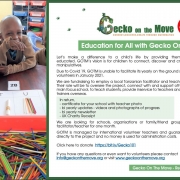 Edx Education
Edx Education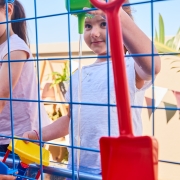
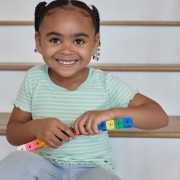
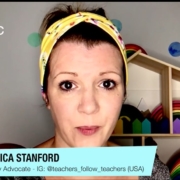 edx education
edx education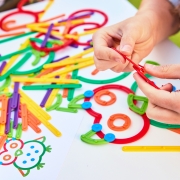
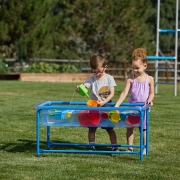
 edx education
edx education